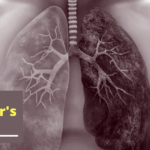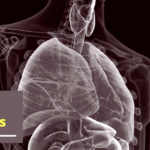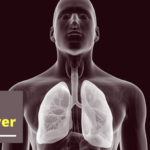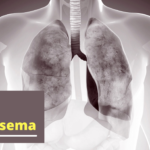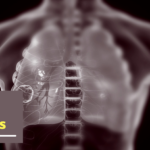A Spirometer and a Peak Flow Meter are both tools used to assess lung function, but they measure different aspects and serve different purposes in respiratory care. Here’s a breakdown of their differences:
Spirometer
- Purpose: A spirometer measures the volume of air that can be inhaled and exhaled by the lungs, as well as how quickly air can be exhaled.
- What it Measures: It records several lung function parameters, including:
- Forced Vital Capacity (FVC): The total volume of air exhaled during a forced breath.
- Forced Expiratory Volume in 1 Second (FEV1): The amount of air exhaled in the first second of a forced breath.
- FEV1/FVC Ratio: This ratio is used to diagnose obstructive and restrictive lung diseases.
- Tidal Volume (TV): The amount of air inhaled and exhaled during a normal breath.
- Inspiratory and Expiratory Reserve Volumes (IRV and ERV): Additional volumes of air that can be inhaled or exhaled with effort beyond normal breathing.
- Use: Spirometry is commonly used to diagnose and monitor conditions like asthma, chronic obstructive pulmonary disease (COPD), and other respiratory disorders. It is a more comprehensive test that usually requires a healthcare professional’s guidance.
- Procedure: The test is conducted using a mouthpiece connected to a spirometer. The patient takes a deep breath and exhales forcefully into the device.
Peak Flow Meter
- Purpose: A peak flow meter measures the maximum speed (peak expiratory flow, or PEF) at which air can be expelled from the lungs during a forceful exhalation.
- What it Measures: It specifically measures the peak expiratory flow rate, which indicates how well air is moving out of the lungs.
- Use: It is primarily used by people with asthma to monitor their lung function at home. By tracking PEF regularly, individuals can detect changes or worsening of their condition and adjust their treatment plan accordingly.
- Procedure: The patient exhales forcefully into the peak flow meter after a full inhalation. The meter gives a reading of the peak flow rate, which can be compared to the patient’s baseline or “personal best” to assess lung function.
| Parameter | Spirometer | Peak Flow Meter |
| Primary Purpose | Diagnose and monitor respiratory conditions. | Monitor airway obstruction, especially in asthma. |
| Measurement Type | Volume and flow of air during breathing cycles. | Maximum speed of exhalation (peak expiratory flow). |
| Forced Vital Capacity (FVC) | Measures the total volume of air exhaled forcefully. | Not measured. |
| Forced Expiratory Volume (FEV1) | Measures the volume of air exhaled in the first second. | Not measured. |
| FEV1/FVC Ratio | Provides a ratio to diagnose obstructive lung diseases. | Not measured. |
| Tidal Volume (TV) | Measures the volume of air inhaled/exhaled during normal breathing. | Not measured. |
| Inspiratory Reserve Volume (IRV) | Measures the additional volume of air inhaled with effort. | Not measured. |
| Expiratory Reserve Volume (ERV) | Measures the additional volume of air exhaled with effort. | Not measured. |
| Peak Expiratory Flow (PEF) | Can measure but is typically more detailed in spirometry. | Main parameter measured: peak flow rate. |
| Usability | Requires professional guidance; used in clinical settings. | Simple to use; ideal for home monitoring. |
| Complexity | High; provides comprehensive lung function analysis. | Low; quick and focused on a single measurement. |
| Typical Users | Healthcare providers, patients with various lung diseases. | Asthma patients for daily monitoring. |


